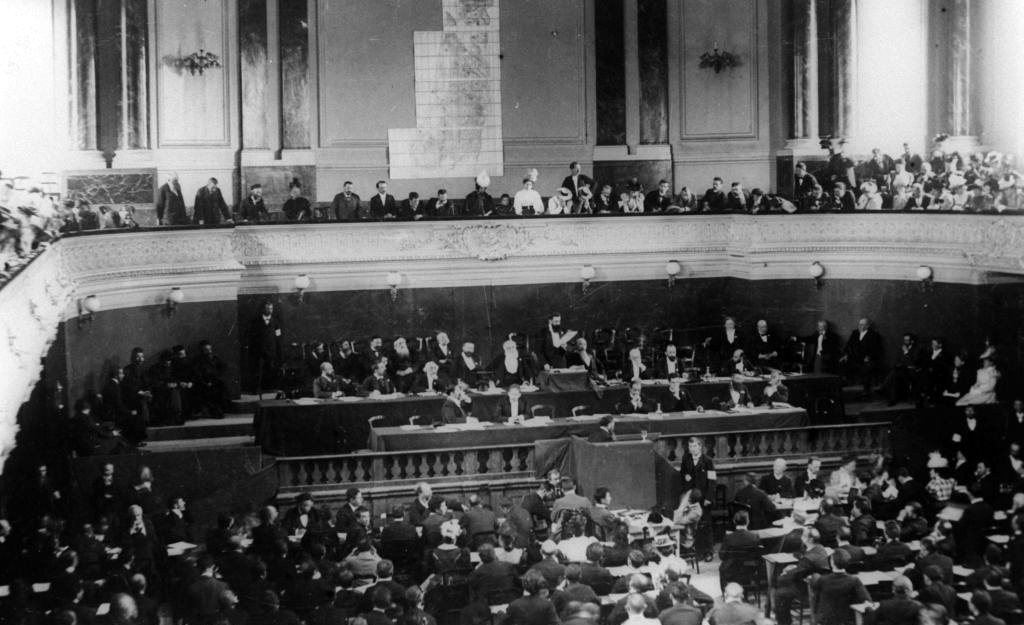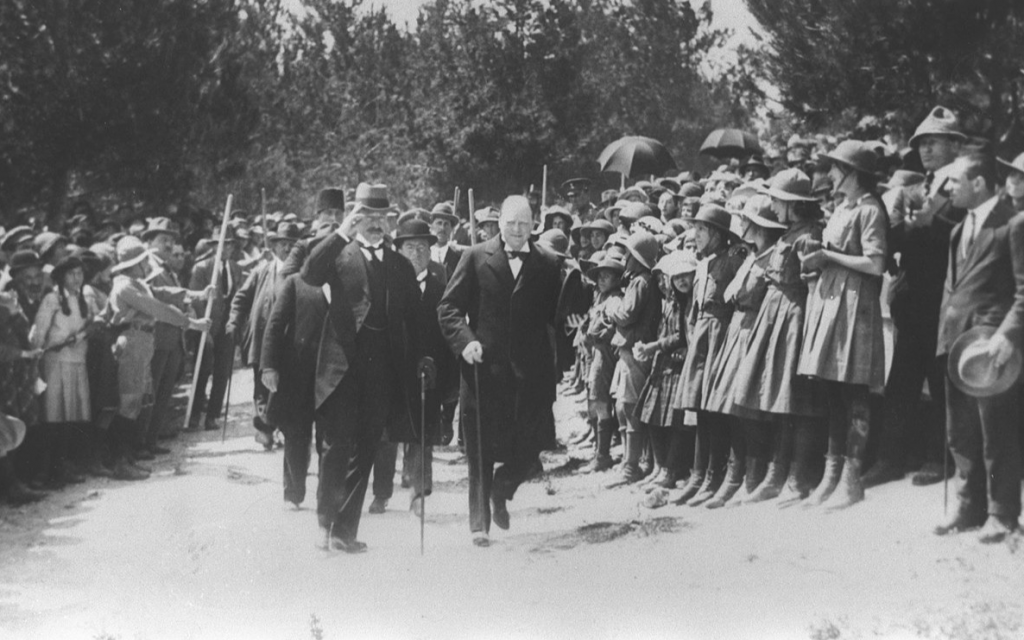Sixties Fan
Diamond Member
- Mar 6, 2017
- 59,614
- 11,320
- Thread starter
- #261
Part 3
The anti-Zionist lies do not come out of thin air. These lies are what these people are taught. In Palestinian schools, textbooks were found in which the Hebrew had been digitally removed from images of the stamps. What makes it even worse is that these were used inside UN schools funded by the west:

One of the funniest of these examples is this one. They even went for the manholes:

In the image, which reads ‘Government of Palestine P.W.D Haifa District’ are two giveaways. The first is the Hebrew writing in the top right which spells out ‘Kremener’. The second is the logo underneath.. Alexander Kremener was a German Jew who had fled Hitler in 1933. These were made by a company owned and run by Zionist Jews.

And then the British driving licence:


The team sent to Australia in 1939 was the Maccabi Tel Aviv side – with a few players taken from other local Jewish teams to legitimise the use of ‘Palestine’:
This from the Daily Telegraph, 3 June 1939:


 david-collier.com
david-collier.com
The anti-Zionist lies do not come out of thin air. These lies are what these people are taught. In Palestinian schools, textbooks were found in which the Hebrew had been digitally removed from images of the stamps. What makes it even worse is that these were used inside UN schools funded by the west:

One of the funniest of these examples is this one. They even went for the manholes:

In the image, which reads ‘Government of Palestine P.W.D Haifa District’ are two giveaways. The first is the Hebrew writing in the top right which spells out ‘Kremener’. The second is the logo underneath.. Alexander Kremener was a German Jew who had fled Hitler in 1933. These were made by a company owned and run by Zionist Jews.
British documents
Some even try to use an image of official British documents to prove that ‘Palestine’ existed. These literally have the words ‘British’ plastered throughout. First there is this British Passport:
And then the British driving licence:

The Palestine Football team
Another much used (and funny) example is the idea that the imaginary state of Palestine had a football team:
The team sent to Australia in 1939 was the Maccabi Tel Aviv side – with a few players taken from other local Jewish teams to legitimise the use of ‘Palestine’:
This from the Daily Telegraph, 3 June 1939:


The colourful Twitter history of Palestine
A look at the Twitter history of Palestine. And how across social media a lack of real evidence led to a colourful (but very fake) creation






